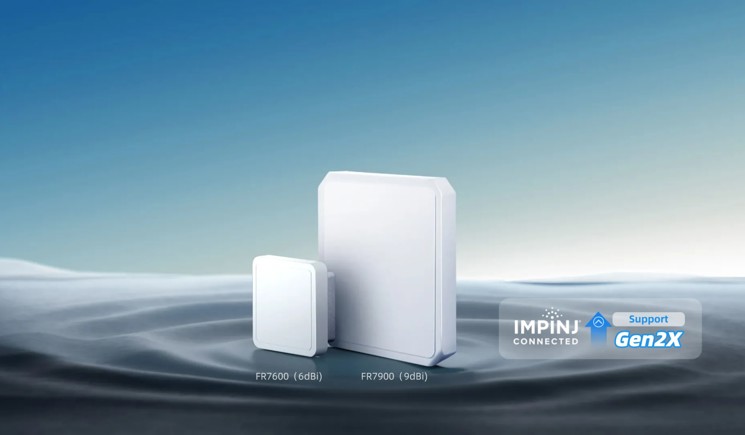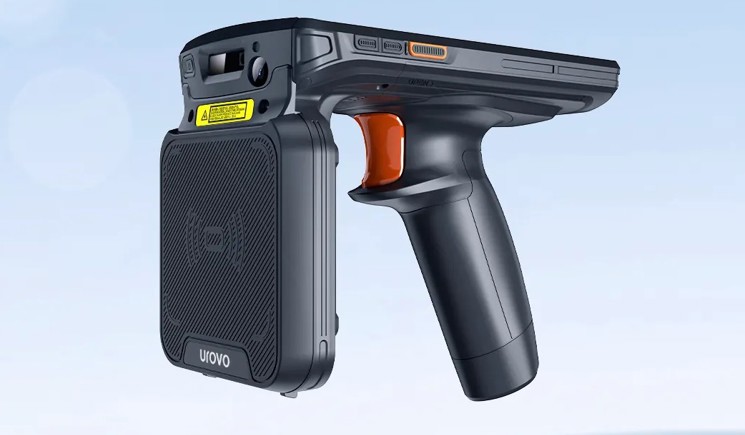SAFE Identification Solutions
In an era of mounting regulatory demands and rising sustainability expectations across Scotland's food and drink sector, SAFE Identification Solutions offers practical, real‑world innovations to help businesses stay ahead. Through RFID, IoT‑enabled tagging, and hybrid barcode systems, companies can enhance traceability, monitor temperature, reduce waste, streamline supply chains – all while maintaining food safety, cut costs, and protect brand reputation.
Scottish Food & Drink September
With increasing regulatory pressure and sustainability goals, how can RFID systems support compliance – such as monitoring food temperatures, reducing waste, or optimising transport?
While RFID can be integrated into food temperature monitoring, this is typically achieved through active tag technology - where tags operate independently, transmitting regular updates from the product or container in real time.
When it comes to reducing waste through improved inventory visibility, RFID provides real-time tracking of stock levels and locations. This enables companies to order only what they need, avoiding overproduction and excess inventory. For perishable goods, RFID tags can store expiry dates, supporting proper stock rotation and significantly reducing spoilage.
By offering full traceability throughout the supply chain, RFID minimizes theft, misplacement, and loss - cutting both costs and operational disruptions associated with replacing missing items.
Access to real-time RFID data also helps manufacturers and distributors better predict demand, leading to less overproduction, fewer unsold goods, and reduced waste of raw materials. RFID tags can even store product lifecycle details to support recycling, reuse, or refurbishment, contributing to a more circular economy. This also enhances waste sorting and resource recovery, helping to divert materials from landfill.
In logistics, RFID accelerates warehouse operations by enabling faster loading and unloading, reducing truck idle times and improving overall efficiency. RFID-enabled pallets, crates, and vehicles provide instant visibility of goods in transit, ensuring the right products are on the right trucks - minimizing costly returns, delays, and resource waste.
By optimising route planning and eliminating unnecessary journeys, RFID technology contributes to lower fuel costs and emissions. It also improves scheduling and fleet utilization, allowing trucks to spend less time waiting and more time in productive operation.

Innovation often requires collaboration. Are you working with food producers, logistics providers, or government initiatives to implement RFID solutions in the sector?
We are working with a multitude of various sectors to provide solutions throughout Scotland. These include food producers.

Many food businesses still rely on barcoding. In what ways does UHF RFID provide a clear advantage over traditional barcodes in the context of food logistics, safety, or product recalls?
RFID technology enables simultaneous reading of hundreds of tags without the need for line of sight, dramatically improving operational efficiency. It accelerates pallet loading, inventory counts, and delivery checks. Fixed RFID readers installed at dock doors or conveyor belts automate the scanning process, reducing manual labour, minimizing errors, and cutting processing times.
The result? Faster supply chain movement, fewer bottlenecks, and lower labour costs.
RFID provides continuous, real-time tracking of product location and status across warehouses, trucks, and retail environments. This visibility reduces waste caused by lost or expired stock and ensures better inventory control.
For food safety and compliance, RFID tags can include integrated temperature sensors that log data throughout storage and transit. Automated alerts flag temperature deviations, ensuring compliance with safety regulations and preventing spoilage- leading to safer food and stronger regulatory compliance.
In the event of a product issue, RFID enables fast, targeted recalls by tracking down to the batch, lot, or even individual item level. This precision reduces the scope of recalls, protects your brand reputation, and minimizes product waste.
Through automation and process integration, RFID works with IoT, WMS, and ERP systems to fully automate operations. Tags can store essential data such as expiry dates, origin, and handling instructions, supporting smarter decision-making at every stage of the supply chain.
In food logistics, RFID doesn’t just save time and money - it actively prevents waste, protects consumers, and enhances brand trust.

Where do you see RFID and related technologies (like IoT, smart packaging, or AI) heading in the next 5–10 years in Scotland’s food and drink industry?
We see these technologies becoming commonplace and supplier-mandated to the manufacturers and distributors of food and drink products. In the next 10 years we fully expect to see RFID fully implemented, and beyond that, next-generation technologies being introduced such as integration into other IoT systems and devices. Another innovation would see energy harvesting from ambient sources.